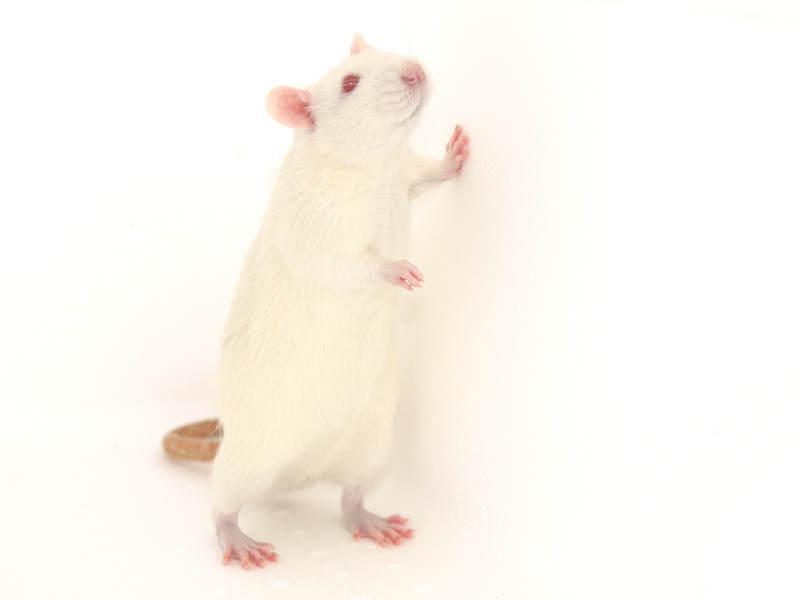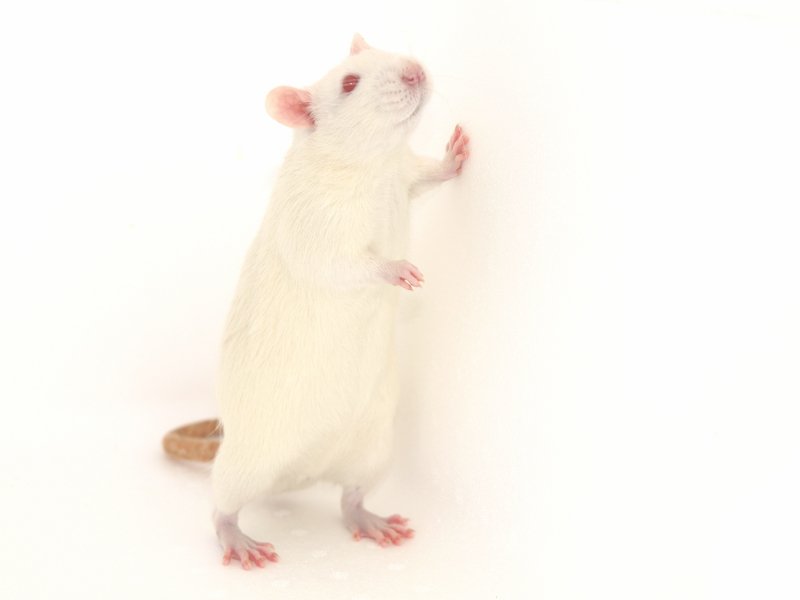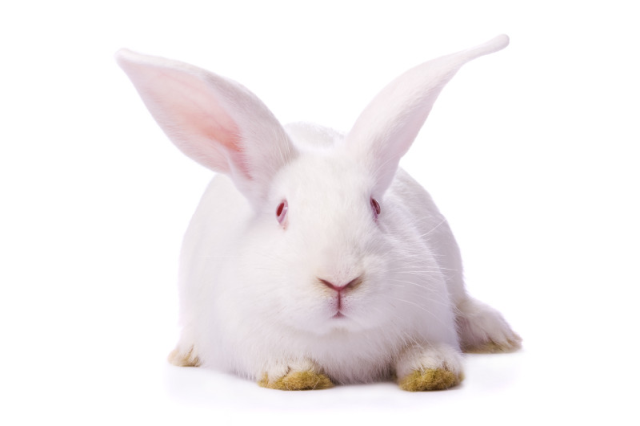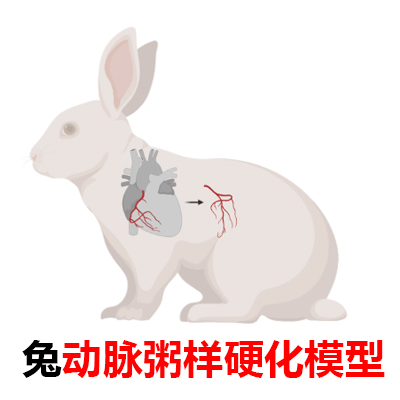兔动脉粥样硬化模型 Atherosclerosis AS
背景介绍:
动脉粥样硬化(atherosclerosis,AS)是冠心病、脑梗死、外周血管病的主要原因。脂质代谢障碍为动脉粥样硬化的病变基础,其特点是受累动脉病变从内膜开始,一般先有脂质和复合糖类积聚、出血及血栓形成,进而纤维组织增生及钙质沉着,并有动脉中层的逐渐蜕变和钙化,导致动脉壁增厚变硬、血管腔狭窄。病变常累及大中肌性动脉,一旦发展到足以阻塞动脉腔,则该动脉所供应的组织或器官将缺血或坏死。
模型应用领域:
1)探究动脉粥样硬化的发病机制;2)用于动脉粥样硬化相关模型的研究
实验材料:日本大耳兔(或新西兰大白兔)、高脂高胆固醇饲料
造模方法:
动物适应性饲养1周,高脂高胆固醇饲养12周。
模型验证:
血清TC、LDL水平显著升高;主动脉油红O染色;主动脉组织病理学检测。
参考文献:[1] Gillies, P J et al. Effect of lanthanum chloride on established atherosclerosis in the cholesterol-fed rabbit. Mitral valve as a site for assessment of treatment effects. Arteriosclerosis (Dallas, Tex.) vol. 9,2 (1989): 253-60.
[2] Buja, L M et al. Cellular pathology of progressive atherosclerosis in the WHHL rabbit. An animal model of familial hypercholesterolemia. Arteriosclerosis (Dallas, Tex.) vol. 3,1 (1983): 87-101. doi:10.1161/01.atv.3.1.87








